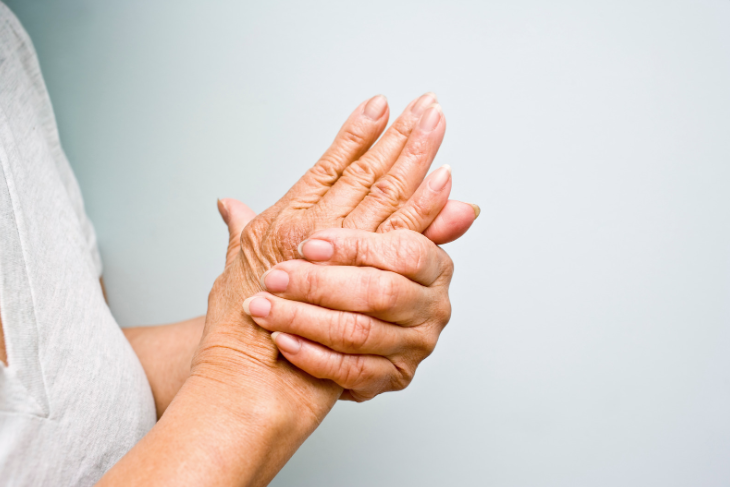
When arthritis pain strikes, one of the most common questions patients ask is whether to reach for a heating pad or an ice pack. While both can provide relief in certain situations, heat is generally the better choice for managing arthritic flare-ups.
How Does Heat Help to Manage an Arthritic Flare-Up?
Heat helps an arthritic flare-up by increasing blood flow to stiff joints and sore muscles, relaxing tight tissues, and easing discomfort. Warmth can reduce stiffness and improve flexibility, which makes it easier to move the affected joint.
Moist heat, like a warm shower, a heating pad, or a microwavable moist pack, is especially effective because it penetrates deep into the tissues.
When is Ice Helpful for Injuries?
Ice is most helpful immediately after an acute injury or when there’s significant swelling. It helps the body by constricting blood vessels, numbing the nerves temporarily to decrease pain, and slowing circulation to the area.
Choose Heat for Arthritic Flare-Ups
Arthritis is typically a chronic, inflammatory process. Cold can sometimes make joints feel tighter and more painful. This is why, for most people with arthritis, daily gentle heat therapy offers the best results.
Try applying warmth for 15–20 minutes at a time, especially before exercise or stretching. Always use a moderate temperature to avoid burns. When it comes to soothing arthritic pain and restoring mobility, heat wins out as the most comforting and effective choice.
Frequently Asked Questions About Arthritic Flare-Ups
1. What is an arthritic flare-up?
An arthritic flare-up is a period of time when those who suffer from chronic arthritis experience worsening symptoms of arthritis. Flare-ups can happen even when you are taking medication for relief, or have been taking steps to manage your arthritis (Arthritis Foundation). Symptoms can include increased pain and stiffness, swelling and redness, and limited range of motion (The Jackson Clinics Physical Therapy).
2. What triggers flare-ups?
Sometimes, flare-ups happen whether you are doing everything right or not. However, there are triggers that can lead to a higher risk of flare-ups. These triggers can include:
- Overdoing physical activity, especially motions that are repetitive or target arthritic joints.
- Illnesses and infections that lower the body’s ability to fight off flare-ups of inflammation.
- Stress or emotional distress.
- Changes in the weather, temperature, or barometric pressure. This is largely a mystery, but doctors theorize that as the weather gets colder, the fluid in joint capsules gets thicker, which may contribute to worsening flare-ups.
- Forgetting to take your medicine, taking medication incorrectly, or changing medications.
- Poor sleep habits.
- A poor diet or sudden change in your diet.
- Lifestyle factors like smoking and weight.
3. How long do they last?
Arthritic flare-ups can last from days to months. This is largely dependent on how you manage flare-ups, and how you shift your lifestyle, if necessary. If you are taking measures to manage your arthritis, you may experience less frequent or less extensive flare-ups, but there is no definitive time measurement as it varies so greatly.
4. How else can I manage a flare-up?
You can manage arthritic flare-ups in several ways that can include both surgical and non-surgical options.
- Change your workouts to focus more on arthritis-friendly movements and exercises like swimming, water aerobics, yoga, or e-biking.
- See a doctor to talk about your options for treatments like corticosteroid injections, physical therapy, or surgical procedures like knee replacements.
- Use assistive devices like wheelchairs, crutches, canes, or walkers.
- Take advantage of heat therapy.
- Identify and avoid triggers in your diet, exercises, and stress levels. The more you are familiar with your body and its triggers, the better you can manage your arthritic flare-ups.

Recent Comments